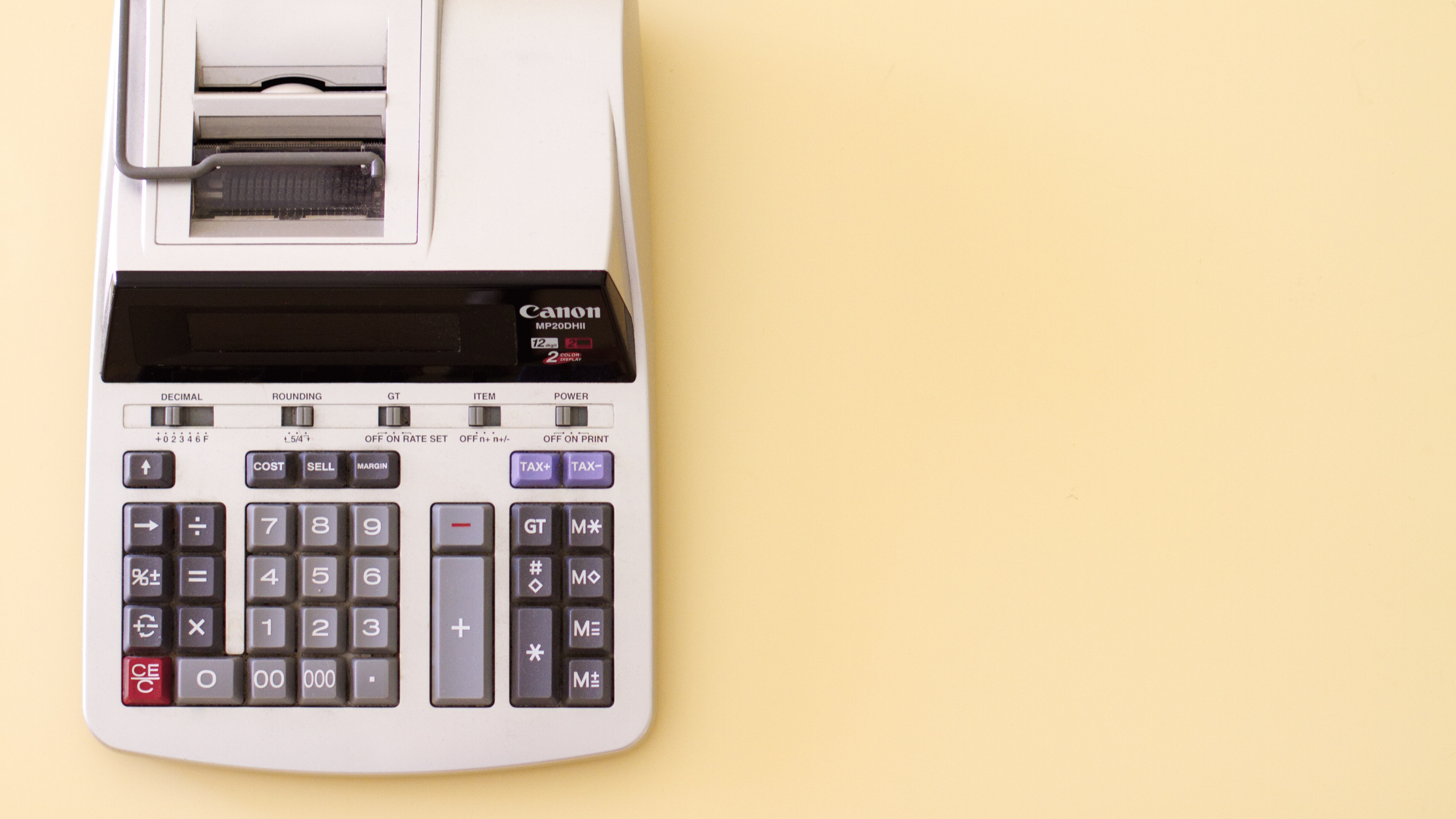I recently turned 30 so, out of curiosity, I googled “financial milestones to hit by 30”. And BOY were the lists DUMB. They were all full of vague resolutions like, “learn how to save”. While I agree that knowing how to save is an important life skill, that’s not a GOAL, it’s a RESOLUTION, and you can read about how I feel about resolutions here. So I decided to put down some SMART financial goal examples.
What is a SMART goal?
If you’re unaware of the SMART framework for goals, here’s a quick overview (and you can find more detail here if you’re looking for it):
Specific – there’s an end result you’re shooting for
Measurable – if you can’t measure it, you can’t tell if you’ve succeeded or not
Achievable – don’t make it an easy bet, but make sure it’s in the realm of reality
Relevant – it should move you toward your greater life vision
Time-bound – give yourself a deadline!
With financial goals, it’s easiest to overlook making them Specific and Time-bound!
What are some SMART financial goal examples?
First and foremost, I’m going to refuse to put an age on this. Everybody’s life paths are different. While all the goal examples I lay out are great to focus on as you mature out of young adulthood, you need to be in charge of your own deadlines, ok?
Understand your current budget by tracking it for three months.
One of the most annoying goals I saw floating around was “actually stick to your budget.” Do you know WHY that’s annoying?
BECAUSE YOU ALREADY STICK TO A BUDGET. It just might not be the budget that you wish you were sticking to! But if you take some time and pay attention to the money you’re spending, you can take steps to change how you spend your money.
Your budget is out there, waiting to be discovered and optimized. Pull out your inner Steve Irwin and go discover it!
Build an emergency fund of 3-6 months by the end of next year
This one is really common, and it will be easier to achieve after you wrap your brain around your existing budget!
Now let’s talk about how big your emergency fund should be – or rather, how you can decide how big it should be. I don’t know your life. It’s common to see the 3-6 month timeline thrown around, and there’s some logic to that. Where you choose to land on that range depends on how likely you are to lose your job, how hard it would be to find a new job, how flexible your spending is, and how strong your financial fears are.
Personally, I land in the 3-ish month range, because
- I’m married, my husband’s job is stable and in demand, and having a second employable financial teammate reduces the risk of total unemployment
- Our current budget has quite a bit of extra spending built into it (travel, fun funds, restaurant dining) that we could slim down in case we need to
- We have additional savings that reduce my overall financial fears
But before I got married, my emergency fund had more months’ coverage – because there was more risk in my life.

If you’re not regularly checking in with your finances, what are you waiting for?
Define your debt tolerance at your next financial check-in
Have you thought about your debt tolerance? Debt can be a powerful tool in your financial toolbox – if used properly. And everybody has a different level of debt that they’re comfortable with. If you haven’t thought about it, here are some questions to start:
- What debt have you had in the past? How did you manage it? Did you pay monthly minimums? Dump every last penny into it until it went away? Pretended it didn’t exist until it went to collections?
- Are you content with how you’ve dealt with debt in the past?
- Where is your happy medium with debt? What’s the best-case scenario for you? No debt? Or are you comfortable with car payments and a mortgage?
You might have heard the term “good debt” floating around. Generally, folks consider mortgages and student loans “good debt”, because they tend to have low interest rates. Not to mention, having debt can help your credit score! Having a line of credit that you make regular, on-time payments on will slowly build your credit score over time.
But just because something is considered “good debt” doesn’t mean you have to be comfortable with it. And “bad debt” can be necessary in a pinch – high-interest car loans for the car you need to get to work, or credit card debt from before you had your emergency fund fully-funded.
Taking the time to define your comfort level with debt can help you prioritize financial goals down the line. If you know that your ideal debt is no debt, you’ll probably be aggressive in paying off a mortgage. And if you find yourself relying on credit cards, you’ll know that paying them off should be your #1 financial priority until they’re gone.
Learn about your retirement savings options and make a plan for using them in the next year
I’ve framed this goal away from putting a number on your retirement goal for a reason. Retirement plans, like all plans, start vague and get more specific as you get closer to the date of execution. But retirement plans have such a long scope that it’s often hard to pull them into focus.
So instead of trying to figure out how much to save for retirement, maybe start with figuring out how to start your retirement savings. Take some time and educate yourself on what a 401k is. And an IRA. Learn the difference between a regular and a Roth IRA. Can you contribute to an HSA?
If all of this is alphabet soup or if you know this stuff and it’s still overwhelming, don’t despair! Break the big scary “save for retirement” into small, actionable goals like this one, and you’ll feel more in-control before you know it.
Establish sinking funds for 2 financial obligations
I’ve talked about sinking funds before on this blog, but this is a great SMART financial goal example. A sinking fund is a pool of money that you put a set amount into monthly for a specific purpose. It’s best to set up sinking funds for categories you know you’ll need to spend on at some point, but don’t know exactly when or how much. By building a sinking fund or two into your budget, you’re padding your wallet so that you don’t have to worry about the expenditure when it’s time to make it.
How old is your phone? Any dream vacations on the calendar? How many of your friends recently got engaged? These are all excellent candidates for a sinking fund.
Once you decide what it is you’re tucking money away for, find a manageable amount you can dedicate to it in your budget. Then let that money stack up! When it comes time to buy your new phone or get a gift for your sixth wedding of the summer, the money is already set aside.



